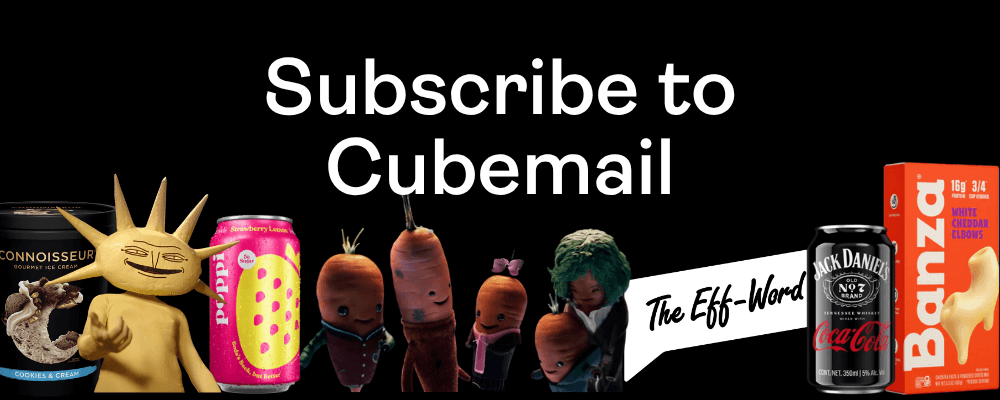
Unfortunately, Internet Explorer is an outdated browser and we do not currently support it.
To have the best browsing experience, please use Google Chrome, Firefox, Microsoft Edge or Safari.
We use cookies to improve your experience on our website. By continuing to browse this website, you agree to our use of cookies. For more information, please refer to our privacy policy.

This is a self-funded case study using our Innovation Testing solution.
Still skeptical that sustainability is a must-have for all consumer goods brands? Well, the rapidly evolving world of eco-friendly alcohol packaging may give you some further food for thought!
Market dynamics have always invariably been driven by consumer needs and wants. With over half of American shoppers voicing concerns about the environmental impact of their purchasing behaviors, sustainable packaging has never been more important — for both brands and consumers alike.
However, there’s no one size fits all approach for brands looking to capitalize on the opportunities afforded by going green. Particularly when sustainability efforts often create barriers to purchase — including diminished perceptions of quality, longevity, and value. What's best for a brand’s eco-footprint isn’t always the perceived best option for consumers.
In their quest for green, few have perhaps pushed the boundaries more than the alcohol category — spearheaded by the rise of paper-based bottles and cans. And while they might not necessarily be the pioneers, they are certainly the most visible — with many category heavyweights joining the movement: Irish-crème icon, Baileys; the always in-vogue vodka brand, Absolut; and whiskey royalty, Johnnie Walker (albeit the latter is conceptual and hasn't yet been released).
For each brand we A/B tested two product concepts — one featuring the brand’s current packaging, and the other its new and improved paper-based encasing. The ultimate goal was to isolate consumer receptivity to the eco-incarnation; or, more specifically, people’s likelihood to pick it up off shelf.
Like all brands facing this same challenge, they each attempted to navigate the complexities of maintaining their strong brand identity while simultaneously showcasing efforts to contribute toward a more sustainable future. How were the paper-based propositions received in comparison to their traditional counterparts?
First things first, each concept’s new environmental look and credentials was highly effective at grabbing attention and getting people to take notice. The unique bottle shape of Johnnie Walker (and starkly different wood pulp color and texture of the Absolut Vodka vessel) worked much harder than their glass equivalents to stand out from the crowd and generate excitement.
.png)
However, while Johnnie Walker’s eco-bottle was able to maintain existing perceptions of quality and sophistication (ensuring affinity toward it remained intact), Absolut's paper-based bottle raised concerns about its structural integrity. With some associating it with wet cardboard, enthusiasm was consequently dampened.
Baileys evolution was more subtle, with their mini packs almost indistinguishable from the original format. As such, the eco-friendly benefits were seen to offer meaningful advantages without taking away from primary purchase motivators: taste, quality, and convenience.
All three concepts convinced people of their more environmentally-geared advantages while simultaneously carving out a point of difference for themselves versus competitive offerings. However, it was Baileys and Johnnie Walker that remained most true to their respective brands, keeping the cues consumers are most familiar with intact.

As a result, it was far easier for people to draw upon their pre-existing associations and impressions of these brands and carry them over to the revamped offerings. So not just making it seamless to notice and recognize them on-shelf, but also to tap into the feelings of warmth and favorability which ultimately nudge shoppers toward them at shelf (in the process overcoming the aforementioned barriers created by the new packaging).
The shift toward paper-based bottles in the alcohol category marks a significant milestone in addressing the omni-present environmental concerns of consumers, with the experiences of Absolut, Johnnie Walker, and Baileys providing a blueprint for others looking to navigate these challenges and build toward a more sustainable future.
Importantly, by keeping the elements consumers are most familiar with intact — and not creating unnecessary friction in the purchase journey — it’s proof that environmentally-driven packaging changes don’t have to create insurmountable barriers to consumer adoption. But more than that, by taking tangible steps to reduce their carbon footprint it signals to the market that the brand is modern and progressive, creating a halo around it and strengthening emotional affinity.
While challenges remain, the move toward sustainable packaging is a win for both the planet and consumer. So, here's to raising a (paper) glass to innovation and a greener future!
.png)
Want to test your own advertising, packaging, or product ideas? Cubery combines a team of creative effectiveness experts with cutting-edge technology, bridging the gap between creativity and commercial impact. Get in touch to learn how we can unlock growth for your brand.
